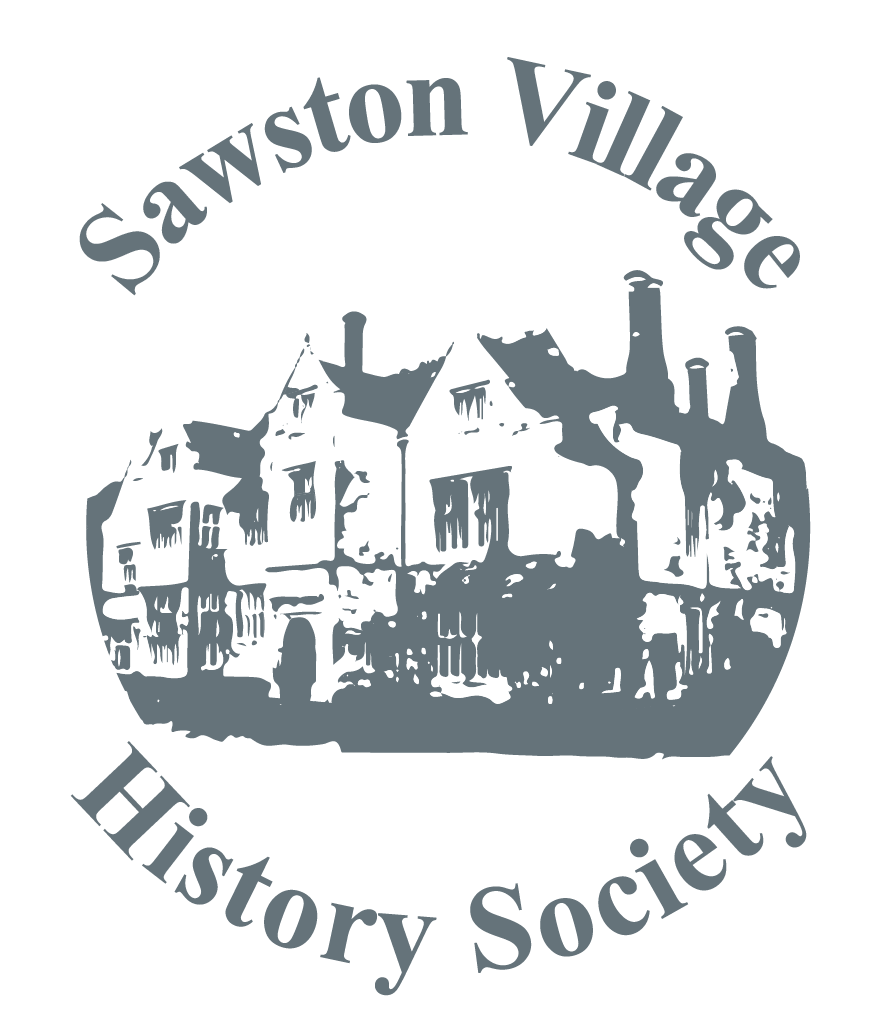
Pete Jennings, the guest speaker at the February meeting, gave an intriguing insight into the religious beliefs of the Saxon and Viking settlers after the Roman exodus of around 412AD. Not much is written about the Saxon religions except that by the Saxon cleric, Bede, around 720 in his “Ecclesiasical History of the English” He said that the Saxons “worshipped demons”, but he was writing as a Christian so could scarcely be deemed unbiased. The Saxons, (like the Vikings) were polytheistic: they worshipped lots of gods rather than just one. They were first “invited” to help fend of attacks from marauding Picts, Scots, and Jutes who rushed in to fill the vacuum left by the Romans.
The Saxons were led by that dynamic duo, Hengist and Horsa in about 430 AD, bringing with them their gods, Tyr, Odin (or Wotan), Thor and Frey giving us the name days Tuesday, Wednesday, Thursday and Friday respectively. Thor seemed to be in charge of the weather, so it was obviously a good idea to keep him “on side” for successful crops and harvesting. Odin and Tyr were war gods, so were called upon to provide victory for the Saxon armies. Frey and his sister Freya were responsible for fertility, Frey being fully equipped with the wherewithal and Freya was the goddess of love.
The Saxons seemed to happily blend in with some Christian thinking, which had become the Roman Brits preferred religion. The Saxons started to become Christianised within a few generations and the Saxon King Raedweld, whose burial ship was famously discovered at Sutton Hoo in 1939, had grave goods which indicated both Christian and pagan beliefs. He died in about 625, so this might be considered to be the time the Anglo Saxons became Christianised.
Many of the Saxon temples were often “recycled” to become Christian churches. After this time the Saxon beliefs became largely forgotten as there were very few written records. It seems the Christians were intolerant of the pagan religions which led to the rapid decline of paganism after about 700AD in England. However, much pre-Christian paganism still survives in some of our customs. For example, Christmas being on 25th December, ie midwinter (give or take a day); mistletoe; Halloween (albeit much Americanised now!).
The Vikings, who established themselves in eastern and northern England from about 800 AD, bought with them their own gods, which were very similar to the Saxons. Perhaps this is not surprising as they were both Germanic. Their religious traditions, however, survived for much longer in Scandinavia and Iceland. These cultures did not have the same sudden change through invasion as happened to the English (a fusion of Saxons and Vikings) in 1066. However, the discovery of some 10th century Viking graves in Cumbria, showing both Christian and pagan characteristics, suggests the Viking settlers “hedging their bets” well after Christianity was established in most of England The Norse traditions and beliefs were maintained through the numerous Viking “sagas”, especially predominant in Iceland. The Vikings later had a form of writing called runes. It has been possible to translate some of these brief runic texts, which have often been in the form of curses against people for alleged wrongdoing.
It seems that the Norse and, perhaps, the Saxons did not have a particularly organised religion and any religious meetings were led by the village chiefs. These would have been held at important times of the year, such as mid winter, midsummer, the harvests and also for weddings, births and funerals. Animal sacrifices were often involved, along with feasting and consumption beer and mead.